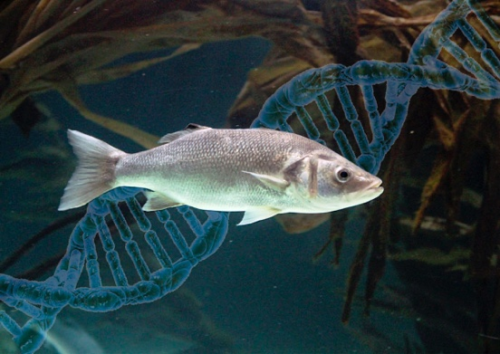(IFREMER) and Institut National de la Recherche Agronomique (INRA), has developed a patent to determine the sex of fish through the levels of methylation of specific loci in the genome corresponding to genes related to gonadal sex differentiation.
This methodology takes advantage of the sex-specific differences in DNA methylation in these specific loci.
The method is useful for predicting sex in seabass, as well as in other similar species, but it could be applied to any vertebrate with the appropriate adaptations.
An offer for Patent Licensing
A tool for aquaculture and conservation biology, for improving management and preservation of wild and threatened species
The epigenetic as key resource in aquaculture The test is based on the detection of epigenetic marks in specific regions of DNA. In conservation biology, the method would enable an improved management and preservation of wild populations and threatened species. In aquaculture production, it allows to determine the proportion of males and females in juveniles, which can help to select best individuals for increasing production. The method is robust and predicts sex with about 90% accuracy.
Main innovations and advantages
· The method relies on methylation analysis of a DNA sample. Thus, since it does not require the actual tissue, it can be applied in stored DNA samples.
· The method allows inferring the sex of the fish when the fish is still small enough that their gonads are not sexually differentiated · Thus, it can anticipate the sex of fish when they are still small so that their gonads are not discernible.
· The method can be applied to teleost species other than the European sea bass provide sequence homology of the concerned sex loci is fairly conserved.
· Tests are being carried out to determine how early the method works regarding age of fish and whether it can be applied to tissues other than the gonads.






